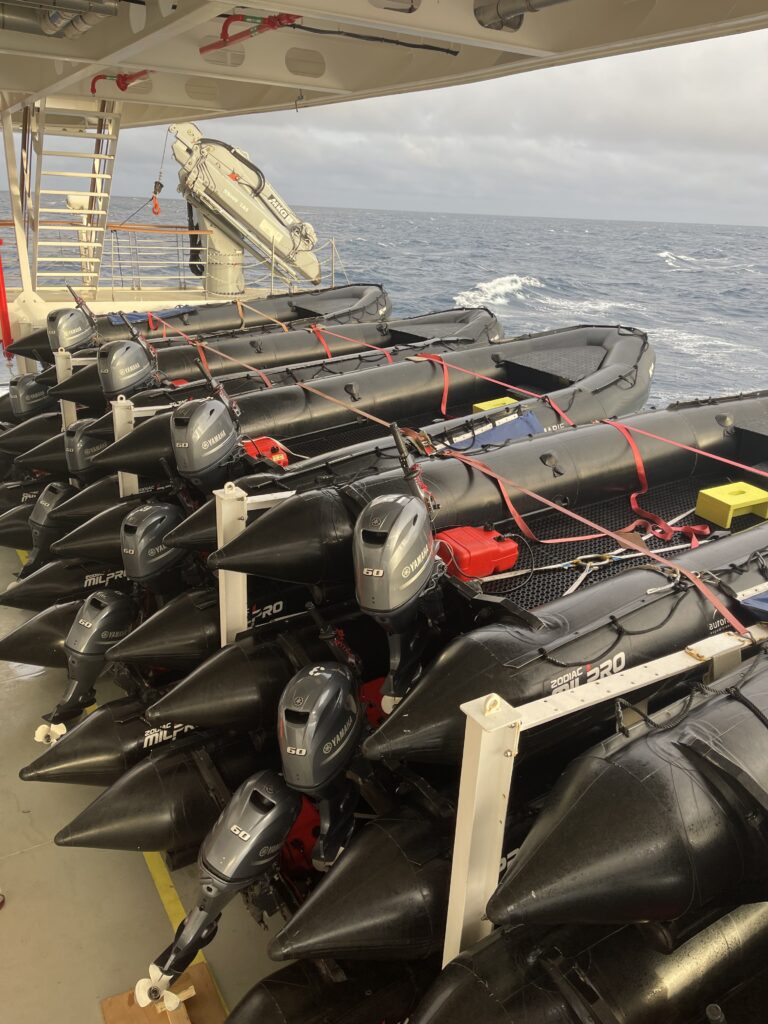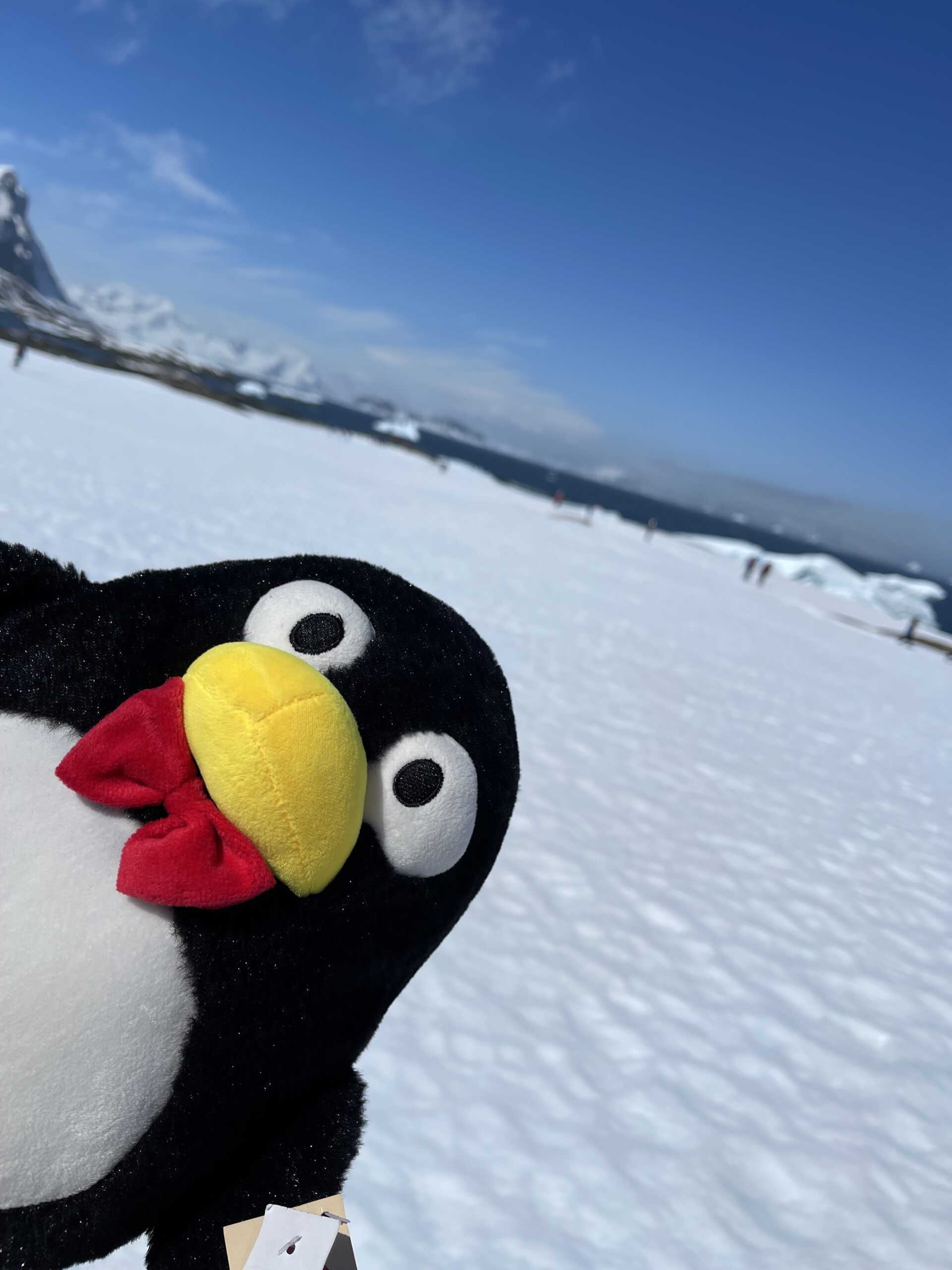Planning a Trip to Antarctica: Tips and Information
Neither the old man nor I look at anything at all before we get on the plane and just find out things because whoever you book with will ask you – apart from the money – to fill in forms with information, most of the time bullshit, and they will ask you for a lot of paperwork and nonsense, each one more irritating than the next.
Travelling to Antarctica is very expensive, extremely expensive, and not only the cruise (Expedition) but what you spend until you get there and the mostly unnecessary things you will buy.
The differences between companies are relevant but not decisive, but in many cases there are unacceptable “details” when we talk about over 10k per person.
Medical and repatriation insurance with a capital sum of USD 250,000
You are required to take out insurance to cover medical and repatriation expenses. I think this is fine and dandy, but it could perfectly well be included in the price or as an extra in your fees. Why is that? Well, because the insurance conditions are very particular and everything is requested in English and after a whole day of calling around we only found one company that would take it out for us. ALL the ones recommended on travel websites or the big companies like Mapfre did not offer the product or did not EXPRESSLY cover Antarctica.
If anything happens to you, you are at the expense of the ship’s doctor who will charge for his services at the ship’s price. If it is serious, they will try to evacuate you as far as possible, but you’d better not think about it, because things are not easy. It is not a bad thing to make the trip after a routine check-up if you are of a certain age, have a medical condition, need treatment, etc.

Clothes, personal belongings, etc.
EVERYONE who has travelled and makes their Youtube videos and company information gives you the same canned Apple fanboy advice.
Are they exaggerating?
Well, yes and no, if we take into account that they ask you if you can bend down easily, then you see that they are EXPEDITIONS made to measure for people who are usually very old and who are physically fit enough to climb a couple of flights of stairs (don’t worry, there is a lift on the ship).
Antarctica is visited in summer, of course, and the temperatures are mild, you will hardly be below -8 ºC and you only need to dress as if you were going skiing in a European resort. If you’re from the USA or Canada, you’ll be in a tracksuit and a T-shirt, and you’ll even roast.
You just have to be prepared for wind and snow, so if you go out in the sun, keep two pairs of gloves, a hat and so on, just in case. It’s like going out in the mountains in autumn, you can go out in short sleeves but you have to wear clothes because if it gets hairy you’re in trouble.
You don’t need to bring any warm “fat” clothes from home. Nothing except a pair of waterproof trousers and they are so stingy they won’t let you wear them or rent them. They will give you a jacket (medium-low quality in our case) so that you can look good and make a team.
They will give you the boots and even if you want to wear your own, I doubt they will let you, so on the boat you can wear slippers in case you go out on deck and you can even wear flip flops if you don’t go out.
You will need to bring gloves, a couple of pairs, a hat, sunglasses and the things you wear when you go to the mountains or skiing.
Alarmed by the doomsayers I took ski underwear bought from LIDL, which I only had to wear at -20 1C in Canada and had plenty left over, but this is a personal matter. But certainly don’t double layer or spend a fortune on the eccentricities they tell you about.
I wore canvas cargo trousers and a goretex pant cover so I wouldn’t get wet on disembarkation and in the snow. More than enough.
Ski goggles are useful if it snows and you’re on the zodiak. Bought at LIDL for 8 euros.
Medicines and toiletries
As if you were going to another country, take what you are going to use because maybe there it is called differently (Ushuaia Pharmacies) or on the boat it costs a kidney. Seasickness pills should be bought in Spain, just in case. On our boat they were available – and free – but they were too strong. Most of them have the effect of making you sleepy because they contain an active ingredient similar to Dormidine.
If you know you get seasick on a boat, take more than you might initially think, and if you know which ones work best for you, act accordingly. I never get seasick but one day I did, and even the most recalcitrant sailors can get seasick, as we have been told.
It’s two days out and two days back when the Drake can be bumpy, and even when it’s calm if you get seasick you’ll usually have a bit of a hard time.
And in smaller and older boats it can be a lot of fun because they take longer and move more in the same swell.



